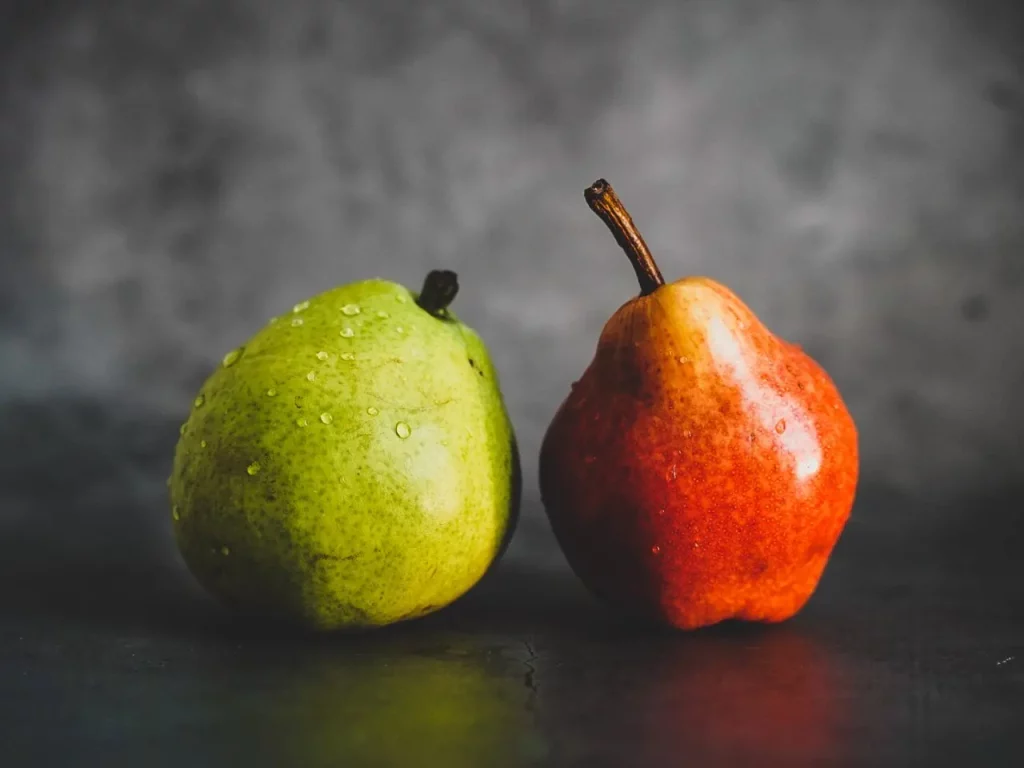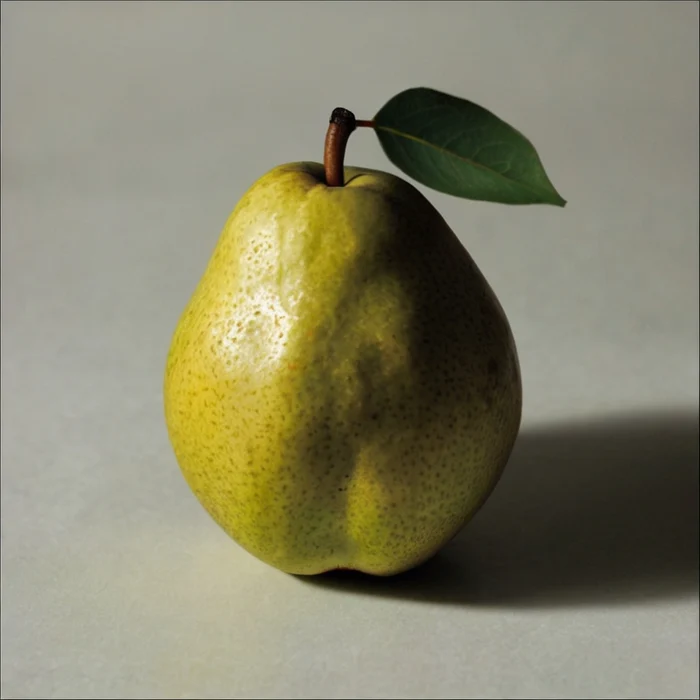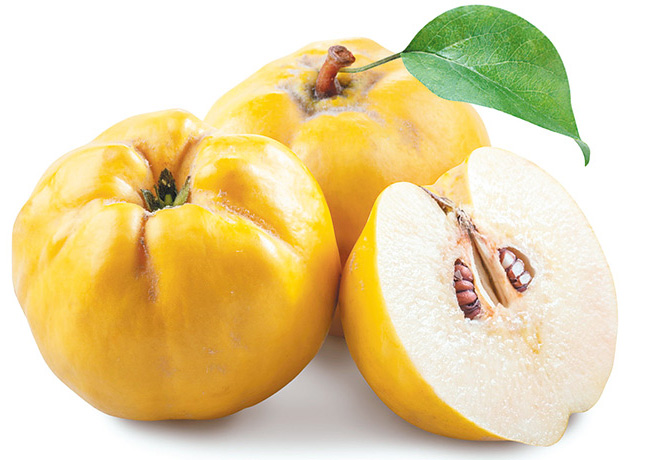Chinese Pear (Pyrus pyrifolia): Characteristics, Varieties, Nutritional Value & Distribution
The Chinese pear (Pyrus pyrifolia) belongs to the Rosaceae family under the Pyrus genus. It’s a significant fruit tree in Asia known for its refreshing sweetness and variety.
Fruit Characteristics:
The Chinese pear produces pome fruits formed from both hypanthium and ovary. These fruits vary widely in shape—round, oblate or ovoid—and size depending on their variety. When ripe, their skin can be yellow, yellow-brown or greenish with many showing distinct lenticels or sandy textures. The flesh tends to be crisp with plenty of juice offering a sweet flavor; some types have unique aromas.
Variety Diversity:
There’s an extensive range of cultivated Chinese pear varieties categorized by their traits or origins. Notable examples include:
- Yali: Long-oval fruits with yellow-green skin; fine-crisp flesh that’s juicy & sweet.
- Xuehuali: Nearly round fruits with yellow-green skin & white lenticels; white flesh that’s juicy & delicate.
- Huangguanli: Ovoid fruits with yellow-brown skin; white-crisp flesh that’s juicy & sweet.
- Korla Pear: From Korla in Xinjiang; small spindle-shaped fruits with yellow-green skin; fragrant & crispy-sweet.
- Gongli: Round/oblate fruits with yellow-brown skin; tender-flesh that’s juicy & high-quality sweet.

Nutritional Value & Potential Benefits:
Chinese pears are nutritionally rich containing carbohydrates (mainly fructose & glucose), dietary fiber, vitamins like C & minerals such as potassium alongside antioxidants.
Traditionally believed to moisten lungs relieving coughs & clear heat reducing inflammation—modern studies also support health benefits from moderate consumption.
Distribution & Cultivation:
Primarily found across Asia especially China/Japan/Korea where they’ve been cultivated extensively for centuries thriving best in temperate/subtropical climates preferring well-drained soils though adaptable otherwise.



